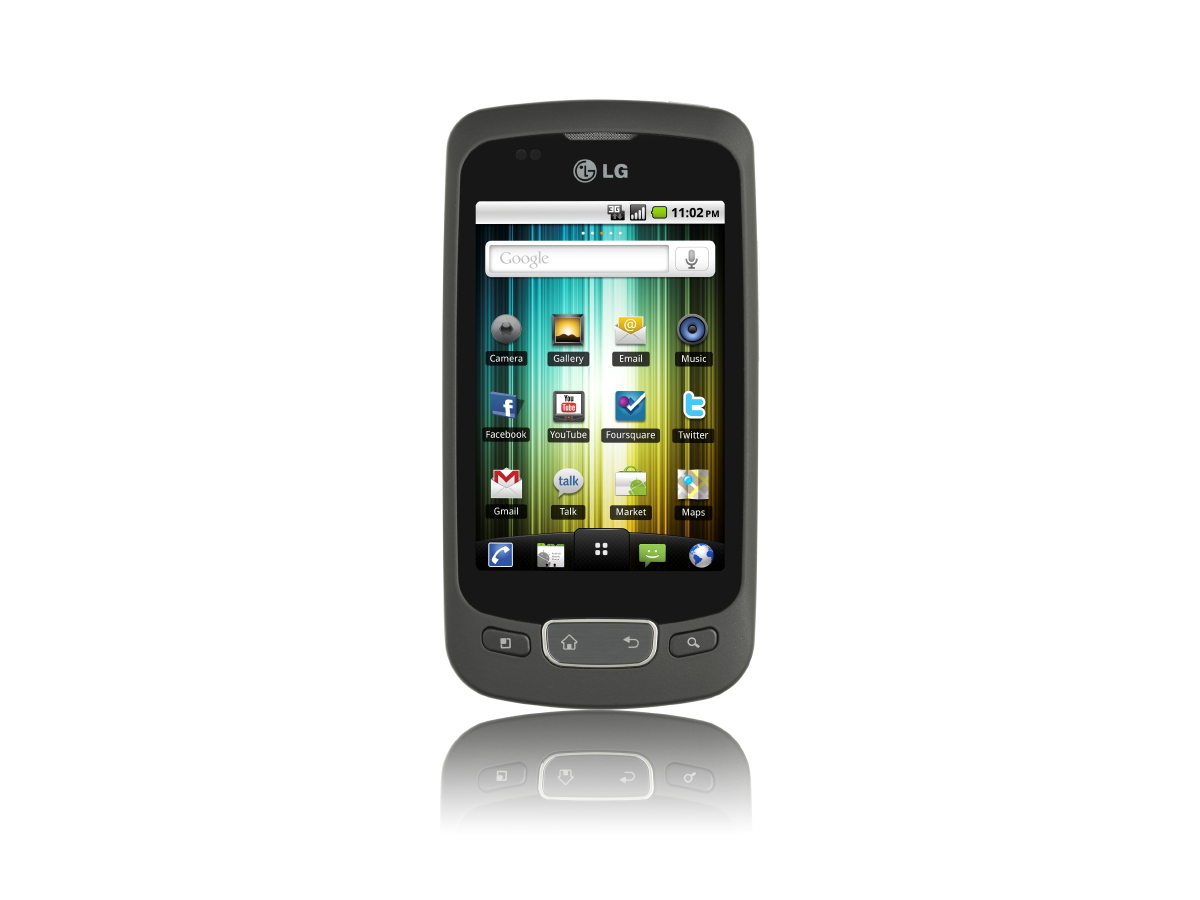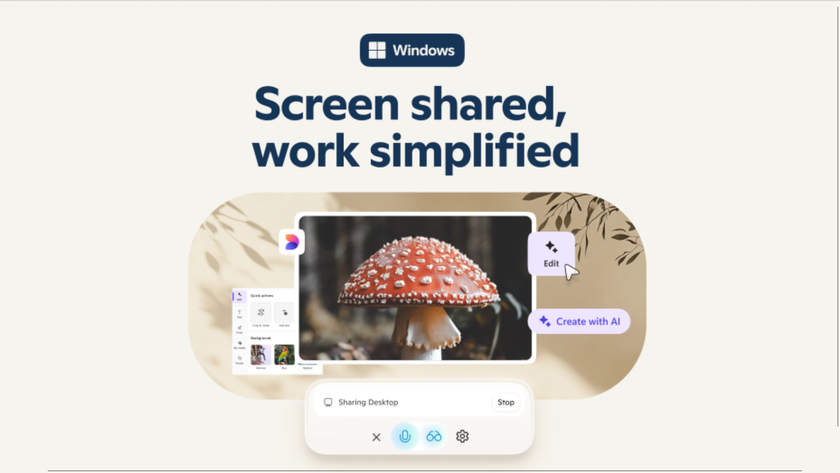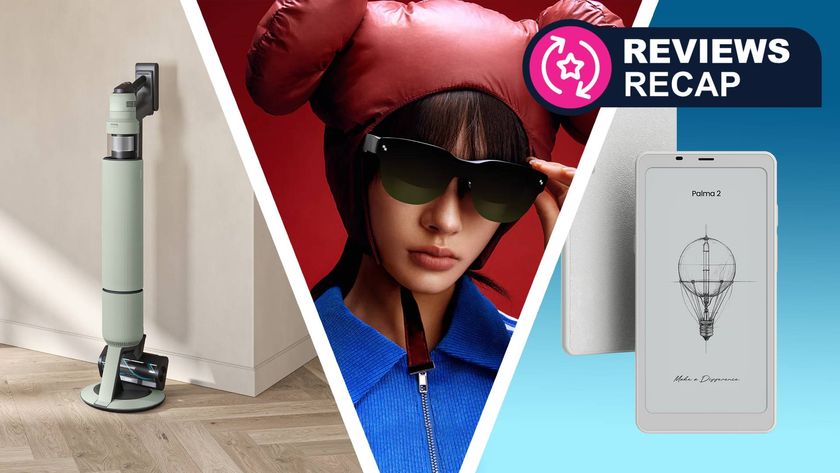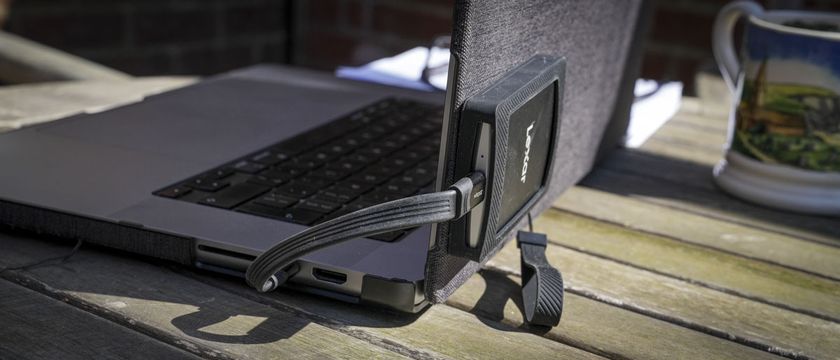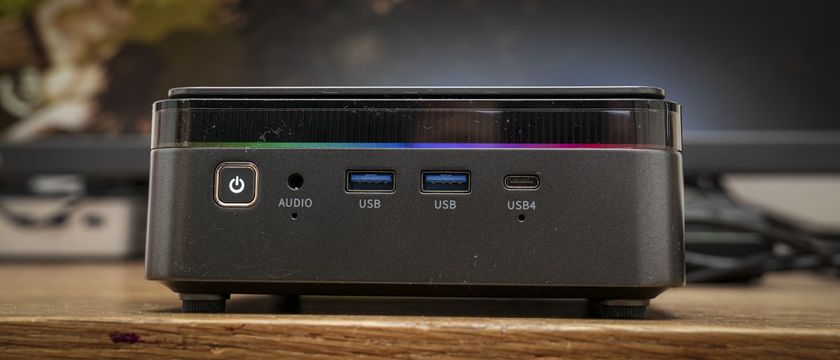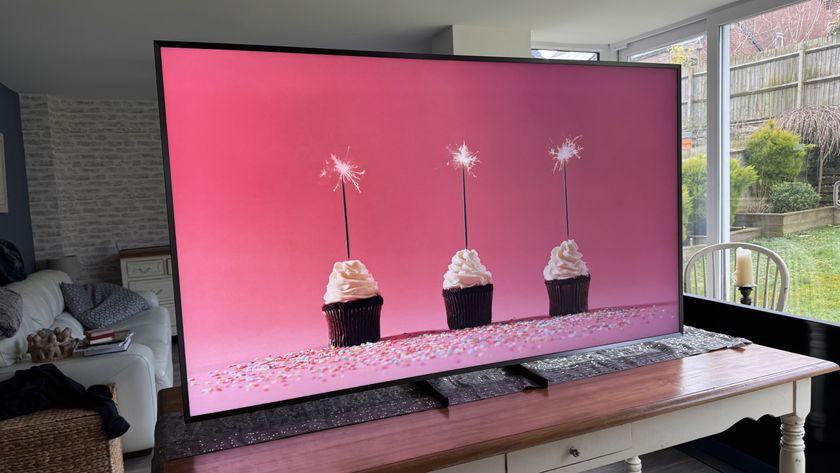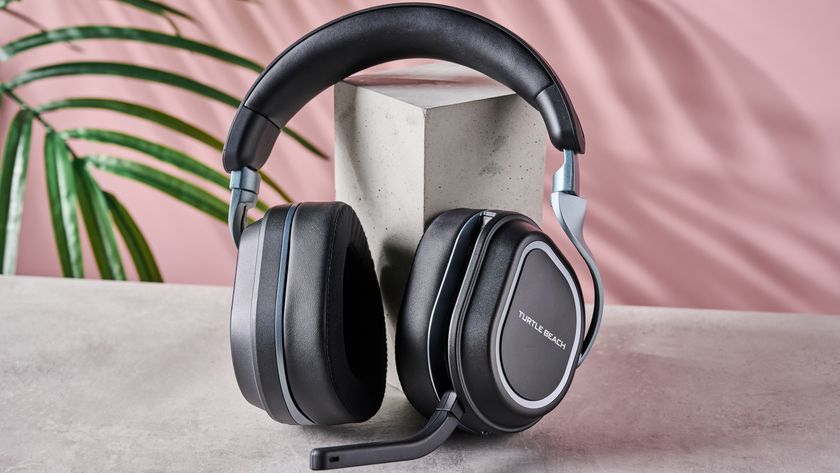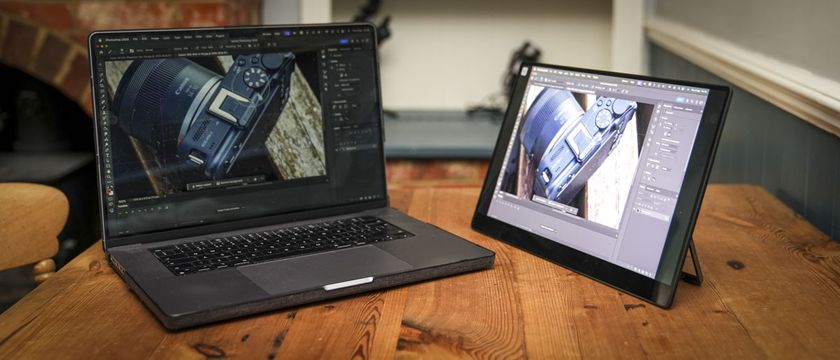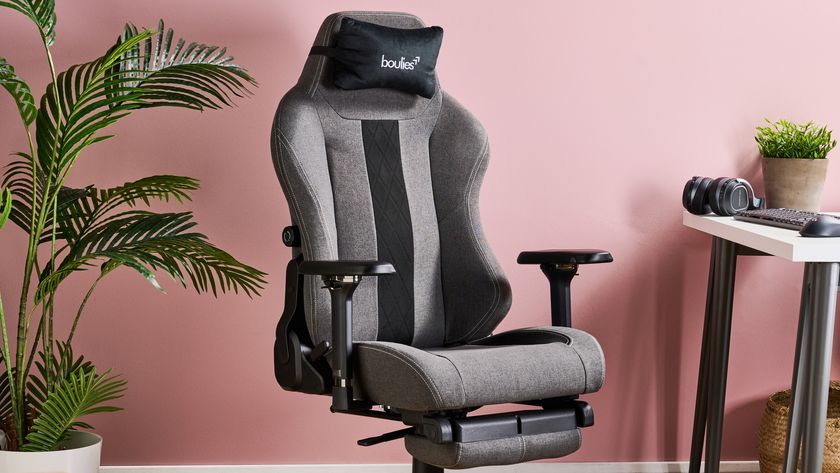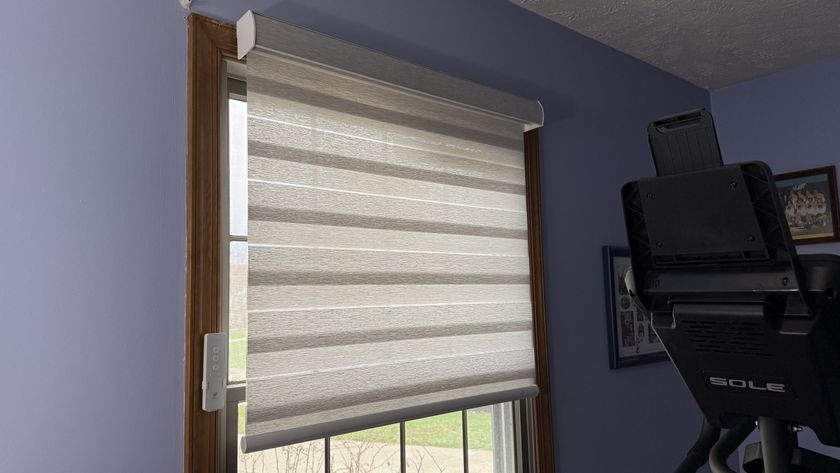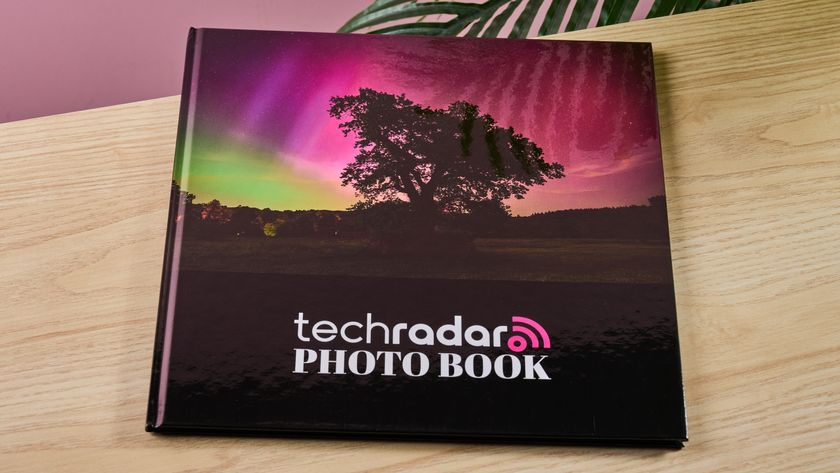Why you can trust TechRadar
The Optimus One's battery life is good. The phone includes a large 1,500mAh hour battery, runs the power-saving Android 2.2 OS and features a modest 3.2-inch screen. When these three factors come together, you end up with a phone that's good for a solid two days of light to moderate use.
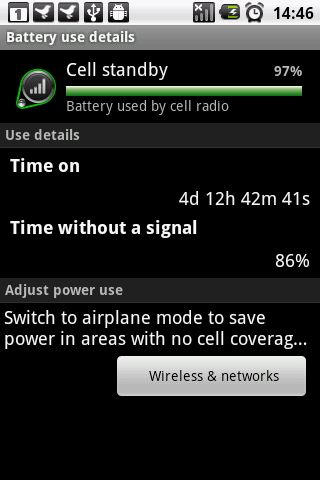
It's still not as great as a 1990s Nokia, but up there among the best performers in today's power-guzling smartphone world. Internally, the Optimus One comes with all the usual Android phone hardware spec sheet bullet points: Bluetooth, Wi-Fi, GPS, an upgradeable microSD card and FM radio.
The Optimus One doesn't come with any obvious way to install the USB drivers required to connect it to a PC, but thankfully LG's UK support site has already been updated with the stuff required.
In order to get the USB driver, you must first install LG's Mobile Support Tool, from where you'll eventually be pointed at the correct driver download site. The Optimus One is listed under its model number, P500, if you're struggling.
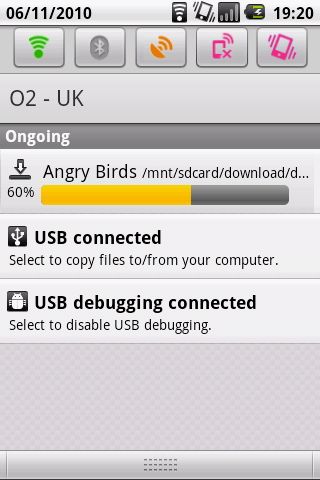
Once that's on your computer, it's Android business as usual. Plug the phone in via USB and you're prompted to mount it as an external drive to copy files across. One of the odd things about Android is the way it assumes users are going to understand how to turn on USB storage and use their phones as external hard drives. Not particularly intuitive for the mainstream consumer, that.
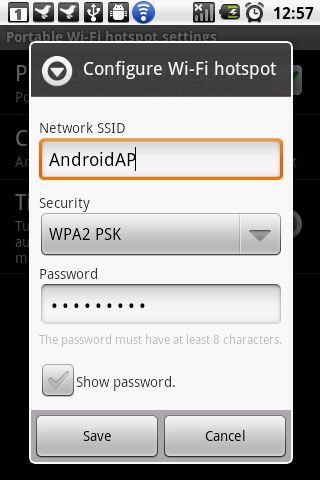
Finally, being an Android 2.2 phone means you get the fantastic USB Tethering and Portable Wi-Fi Hotspot options onboard, letting you smash your mobile package's data allowance by using your Optimus One as a 3G broadband modem.
Current page: LG Optimus One review: battery and connectivity
Prev Page LG Optimus One review: Applications Next Page LG Optimus One review: hands-on gallery